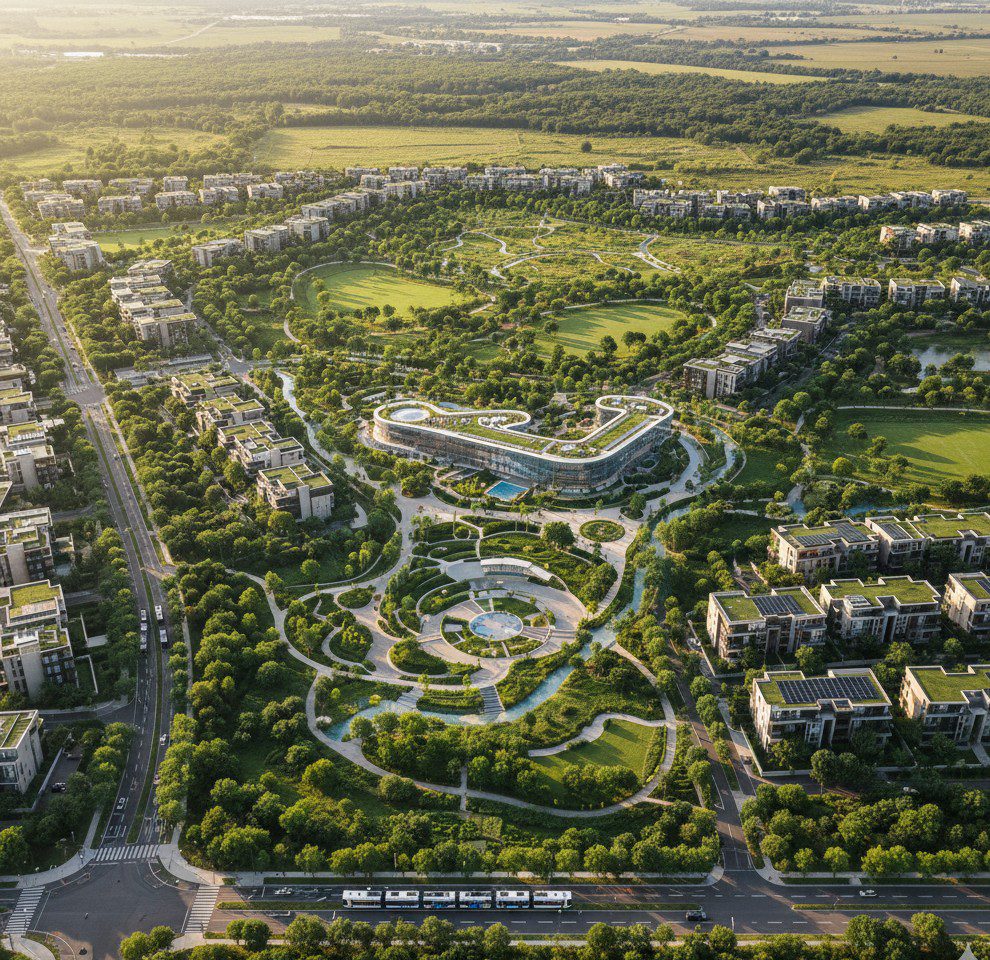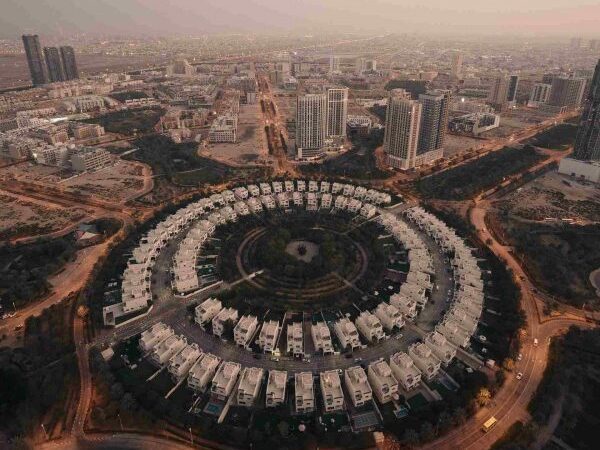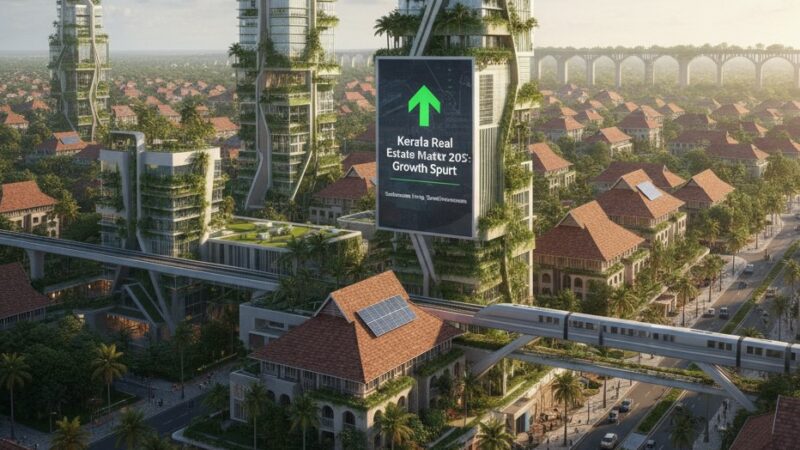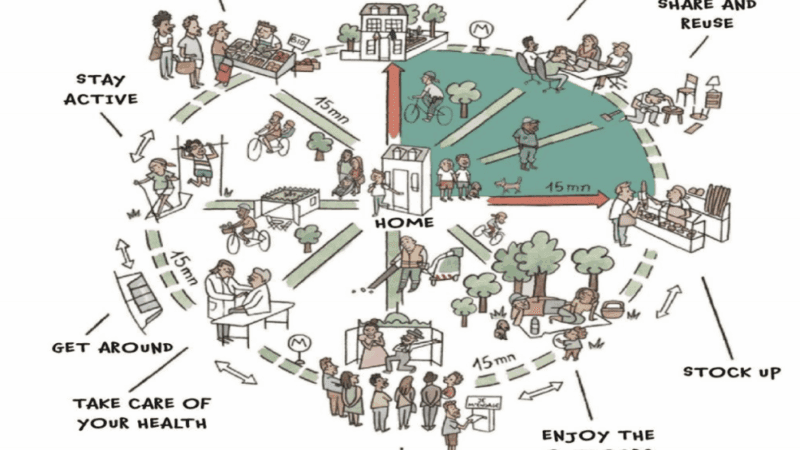From Dream Home to Wellness Haven: How to Buy a Home You’ll Never Regret

By Akash & Anil Pharande | Realestate |Pharande Spaces | Guest Posts
Aricle | 14 nov 2025 : The Thin Line Between a Dream and a Regret
Buying a home is more than a financial move — it’s an emotional milestone. Yet, countless first-time buyers realize too late that their dream home has hidden flaws. From long commutes to poor infrastructure, the “perfect deal” can quickly become a daily nightmare.
In India’s evolving housing market, wellness living and smart due diligence have become essential for making homeownership truly fulfilling.
The Hidden Cost of Cheap Homes
The first mistake most buyers make is chasing the lowest price.
Cheap properties often compromise on the things that matter most — location, infrastructure, safety, and comfort.
When you buy purely on price, you often sacrifice the factors that determine long-term happiness. A few lakhs saved upfront can cost years of frustration in travel, maintenance, and quality of life.
The Commute Trap — How Far Is Too Far?
In fast-paced Indian cities, work defines lifestyle. A long commute doesn’t just cost fuel — it eats into family time, energy, and peace of mind.
Experts suggest keeping commute time under 20 minutes each way for a balanced lifestyle.
Integrated townships are the modern solution, combining homes, offices, and daily conveniences in one connected ecosystem.
Schools, Safety, and Civic Life — The Real Priorities
Many couples realize too late that there are no good schools or childcare centres nearby. Similarly, areas with high crime rates or poor civic amenities can quickly kill the joy of homeownership.
Before signing any papers, always check:
Nearby schools and healthcare
Water, power, and waste management infrastructure
Local crime statistics and neighbourhood reputation
RERA has made false advertising illegal, but verbal promises aren’t enforceable. Speak to existing residents before you buy
Wellness — The New Definition of Luxury
The pandemic changed everything. Health and well-being are now top priorities for homeowners.
Luxury living has evolved from “status” to “self-care” — with an emphasis on clean air, natural light, and stress-free spaces.
Top developers now integrate wellness architecture — gyms, jogging tracks, yoga studios, green rooftops, and ventilation design — right into project layouts. These are no longer extras; they’re essentials.
What Makes a True Wellness Home?
Key features in health-first homes include:
Natural light & cross ventilation
Green gardens and meditation zones
Fitness centres & walking tracks
Air filtration and water purity systems
Calm interior design and ergonomic furniture
Even amenities like golf courses and Zen gardens aren’t just luxuries — they promote movement, mindfulness, and mental health.
Projects certified by LEED or IGBC (Green Building Councils) validate these features scientifically.
10 Affordable Wellness Habits for Every Homebuyer
You don’t need to buy an ultra-luxury home to live well. Here are 10 cost-effective ways to build wellness into any house:
1. Choose homes with sunlight & airflow
2. Add indoor air-purifying plants
3. Set up a fitness or meditation corner
4. Stock a healthy kitchen
5. Use soothing colors and calm interiors
6. Install water filters only where needed
7. Declutter your home often
8. Create a sleep-optimized bedroom
9. Make family health check-ups routine
10. Use community parks and jogging tracks instead of paid clubs
These simple steps cost little but build lifelong physical and emotional wellness.
Integrated Townships — The Future of Indian Living
Integrated townships combine homes, offices, schools, healthcare, and entertainment in one self-sufficient ecosystem.
This model delivers:
Shorter commutes
Healthier environments
Lower maintenance costs (shared by many residents)
They represent the future of urban wellness living, especially for middle-class buyers who want both comfort and community.
The Final Word: Make Wellness Non-Negotiable
Your home is more than a financial asset — it’s where your physical and mental health begin each day.
When choosing your next home, focus less on price per square foot and more on peace per square moment.
In the era of wellness living, your best investment isn’t just in real estate — it’s in your family’s well-being.





